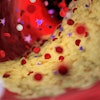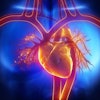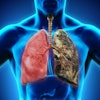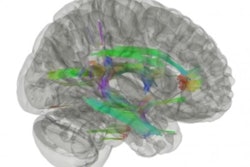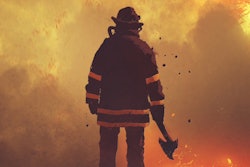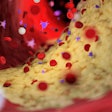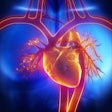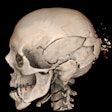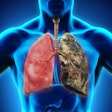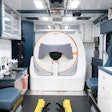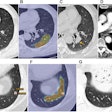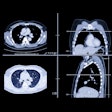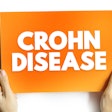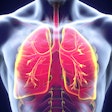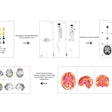The World Trade Center (WTC) attacks in September 2001 produced a nearly threefold increase in the incidence of lung cancer among first responders 10 years after the event, researchers have found.
A team led by Sean Clouston, PhD, of Stony Brook Medicine in New York, noted a link between higher prevalence of the disease and the severity of responders' exposure to airborne carcinogens released in the collapse of the buildings. The group's results were published online on October 9 in JAMA Network Open.
"To our knowledge, this is the first study to characterize the association between WTC site exposure based on a severity index and lung cancer among responders, to examine activity-specific risk factors for lung cancer within a WTC site-exposed cohort, and to quantify the absolute and relative risk of lung cancer associated with WTC site exposures after a minimum 10-year latency period," the authors wrote.
During the search, rescue, recovery, and cleanup efforts after the attacks, many first responders (i.e., construction workers, firefighters, police officers, and volunteers) were exposed to a variety of airborne toxic substances, the group explained, writing that "while the traumatic exposures on the first few days are highly memorable, many responders spent months digging through settled dust while pulverizing, burning, and aerosolizing it during recovery and cleanup operations."
Prior research on the WTC attacks and lung cancer has focused on incidence of the disease in the first decade after exposure and hasn't identified any significant increased lung cancer risk among responders and survivors compared with population statistics, Clouston and colleagues noted. They sought to investigate incidence of lung cancer among first responders to the WTC attacks in the decade after the event and compared this incidence by degrees of exposure severity (mild, moderate, and severe).
Their study included data collected between July 2012 and December 2023 from 12,334 individuals enrolled in a medical monitoring program available to WTC responders. The average age of the study participants was 49, and 90.9% were men. The team characterized exposures to toxic substances based on questionnaire responses about work conditions during the WTC attacks and after, including the type and duration of work, smells, and sights while working; exposure to dust; and use of protective equipment. (Type of work included tasks such as bucket brigade, sifting, firefighting, and search or rescue. Smells included mold, chemicals, fumes, sewage, smoke, diesel and nondiesel exhaust, while sights included human remains, bodily fluids, and dust.)
The group reported that 118 incident lung cancers were identified in the study time frame, for an incidence rate of 8.7 per 10,000 person-years. Disease occurrence was higher among moderately and severely exposed groups (adjusted hazard ratio [AHR], 1.86 [p = 0.007] and 2.9 [p < 0.001], respectively).
The team also found that smelling fumes or sewage was associated with higher incidence of lung cancer, after adjusting for demographic factors and tobacco use (AHR, 1.05; p = 0.007 and 1.03; p = 0.004, respectively).
Increased risk of lung cancer is not surprising in this population, but this study "is the first to establish an association between a measure of WTC exposure severity and the incidence of lung cancer," according to the authors.
"Prior studies have shown a relatively low incidence of lung cancer among WTC responders, highlighting that a reliance on short latency periods along with lower smoking rates could result in lowered incidence rates," they concluded. "This study therefore underlines the importance of having an established and long-lasting monitoring program when the public is concerned about exposures whose outcomes are likely to have lengthy latency periods."
The complete study can be found here.

